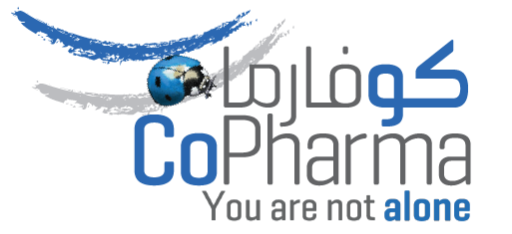The solutions
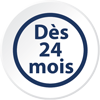

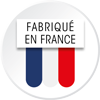
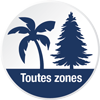
Insect Ecran is today the leader in repellents in pharmacies*. Insect Ecran offers the best active ingredients, at the best concentrations**, suitable for all uses. Our products follow the recommendations of the greatest authorities in parasitology and health authorities. Our range is also prescribed in International Vaccination Centers.
Insect Ecran provides effective protection from bites, in France and abroad, thanks to the double protection of Skin and Clothing.
Use biocidal products with care.
Before use, read the label and product information



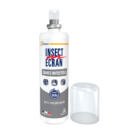

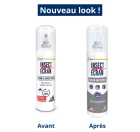
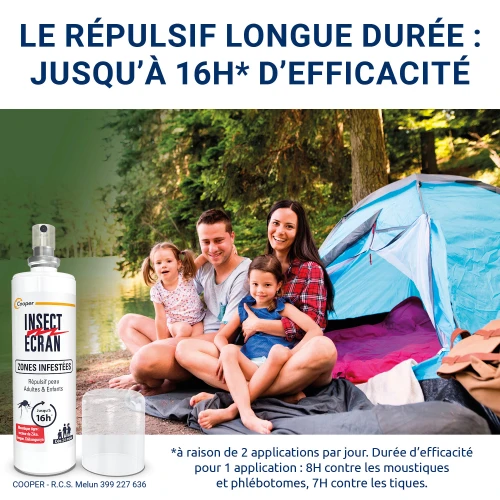
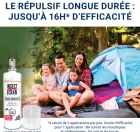



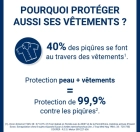

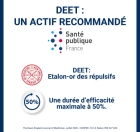
Product Description:
Insect Ecran Pocket Infested Areas is a powerful body repellent for areas where mosquitoes proliferate: forests, lakesides, rivers, marshes… It acts effectively against mosquitoes (Aedes aegypti, Aedes albopictus known as "tiger mosquito" Anopheles pipiens), sandflies (Phlebotomus dubosqi) and ticks (Ixodes ricinus). It can be used from the age of 2 and complies with the recommendations of health authorities. Use biocides carefully. Before use, read the label and product information
How to use:
Shake well before use.
Spray in the palm of your hand and apply only to uncovered areas of the body: face, neck, hands…
Application dose:
2 sprays for an area equivalent to 1 adult forearm. Respect the recommended application doses. Do not apply more than twice a day. Use in well-ventilated areas. Effective immediately and for 8 hours against mosquitoes and sandflies, and 7 hours against ticks.
Count one bottle for one person for 10 days of use at the rate of 2 applications per day.
